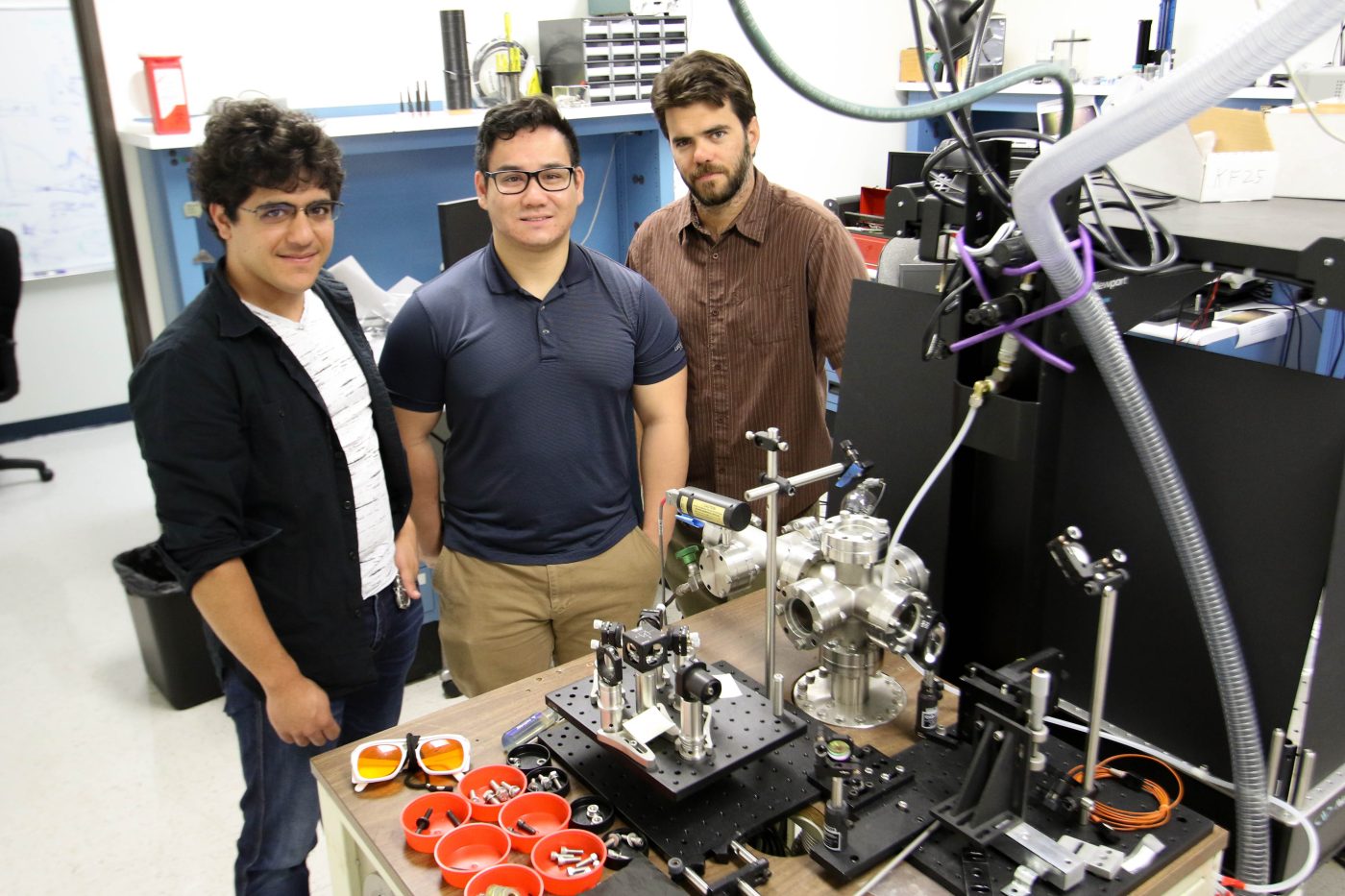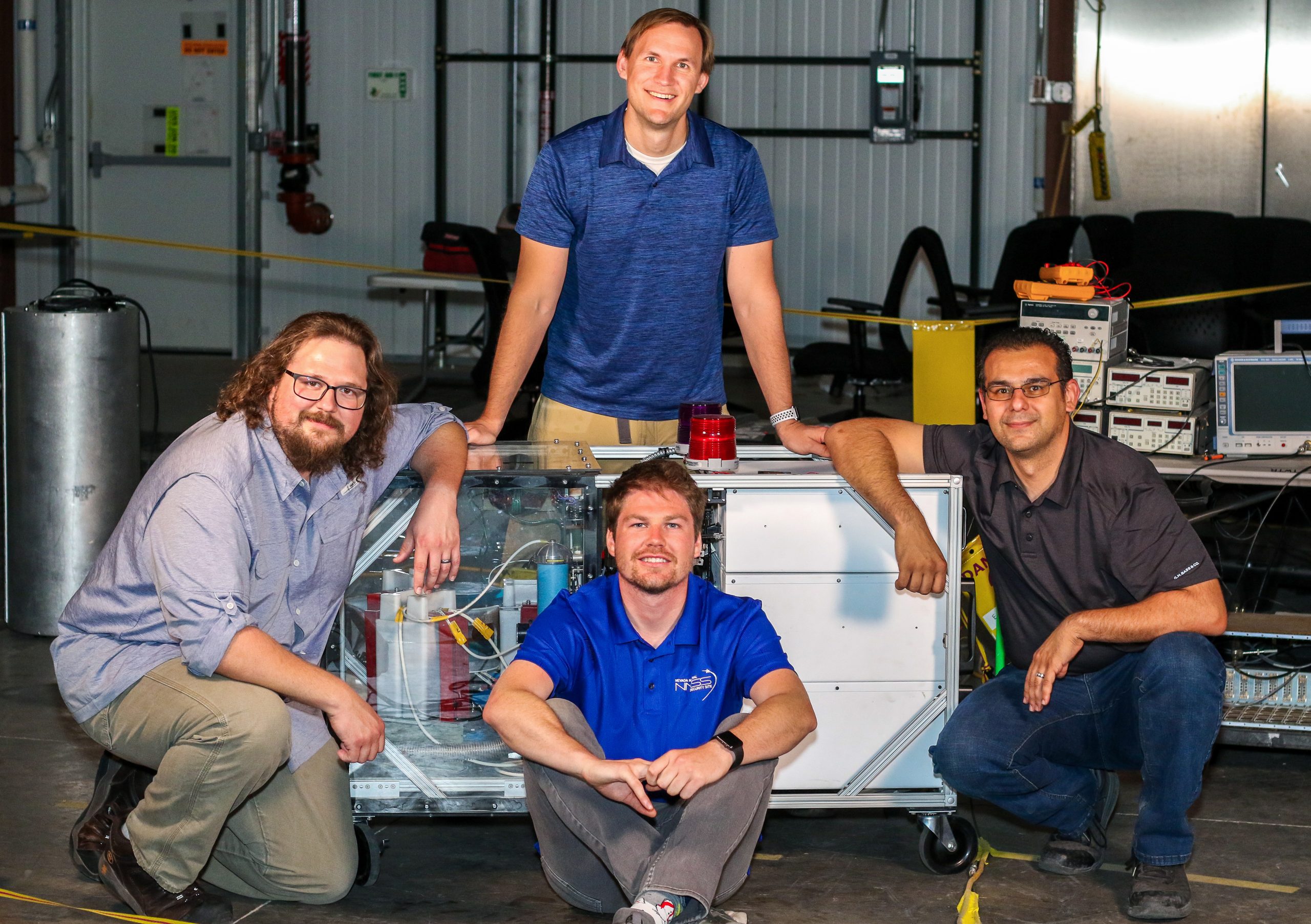
Site-Directed Research and Development
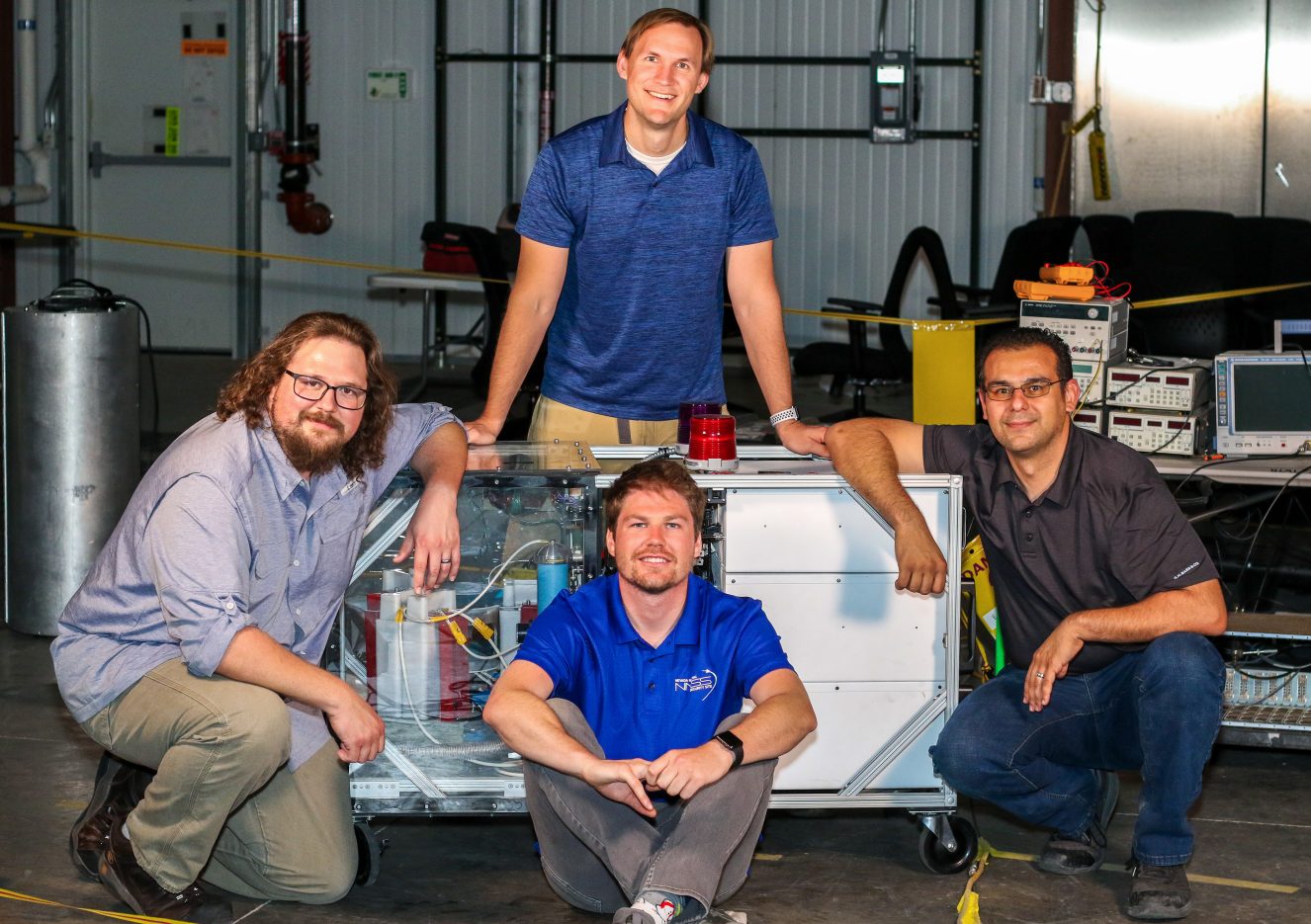
Overview
Started in 2002 by Congressional authorization, the Site-Directed Research and Development (SDRD) Program is an essential element of the NNSS technical enterprise. The SDRD program is our premier science and technology venue and primary source for discovery and innovation for NNSS national security missions. Similar to the laboratory-directed research and development (LDRD) programs at the NNSA National Laboratories and production plants, SDRD enhances the technical vitality of the NNSS by addressing the following core areas:
- developing and demonstrating innovative ideas and technologies to advance new solutions to national and global security needs;
- enhancing core competencies required for current and emerging technical missions; and
- retaining and recruiting individuals with critical skills.
Proposals are solicited every year and about two dozen projects tied to principal thrust areas are funded annually. An annual report is released every April for the previous year’s projects.
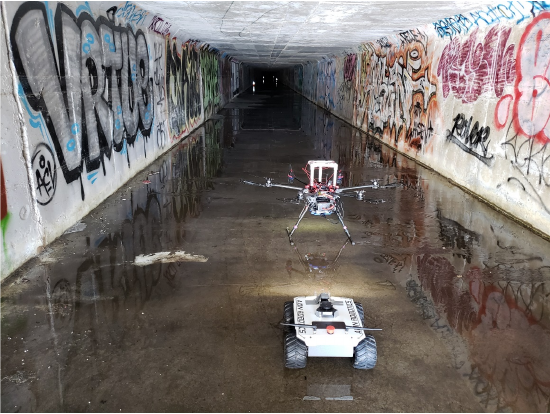
Latest Annual Report Overviews
SDRD Highlights
April SDRD Highlight: Principal Investigator Melissa Wright Uses Imploding Hotels to Improve Infrasound Propagation Analysis
When Las Vegas’ iconic Tropicana hotel was imploded in 2024, NNSS scientists were on hand to improve their technologies.
May SDRD Highlight: NNSS’ Manny Manard Develops Field-Portable, Realtime Chemical Detection and Analysis Tech
U.S. and state government agencies needed smaller, more accurate chemical detection tech. NNSS answered the call.
Replacing Photomultiplier Tubes with Avalanche Photodiode Arrays
SDRD Principal investigator James Mellott believes that solid state is the future of radiation detection, and he and his team aim to test a prototype in 2025.
NNSS Technology Wins an R&D 100 Award
Every year, R&D World holds a competition to determine the year’s top 100 innovative technologies. If you take a look at the 2024 winners (released on the R&D World website on August 8), you’ll find the NNSS on the list!
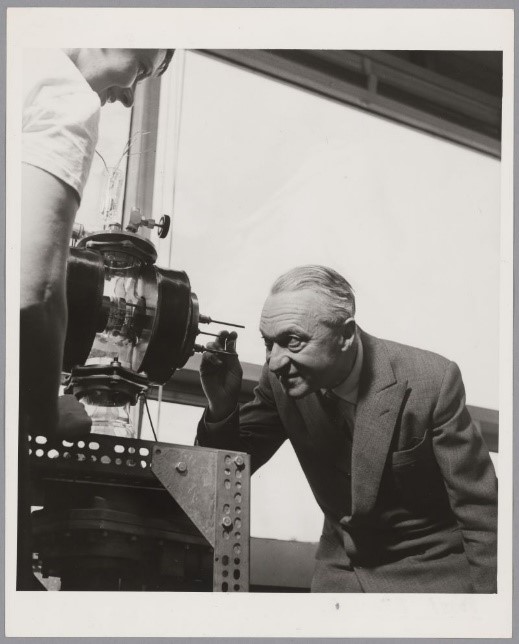
Apply Now for Bruno Rossi Distinguished Postdoctoral Fellowship in Science and Technology
Interested in Joining Our Team?
NNSS hires a wide variety of science, technical, and engineering professionals in support of our vital mission.
